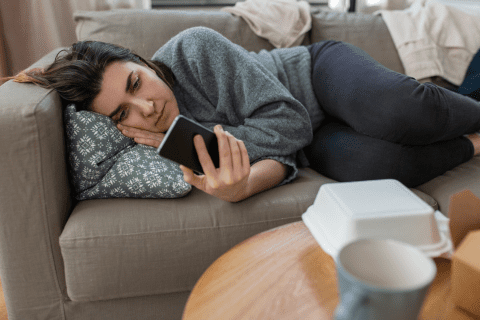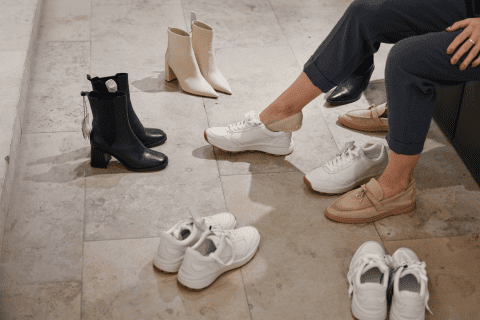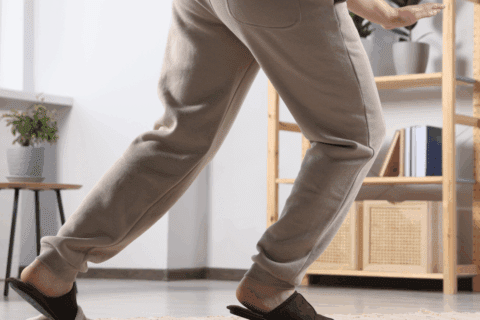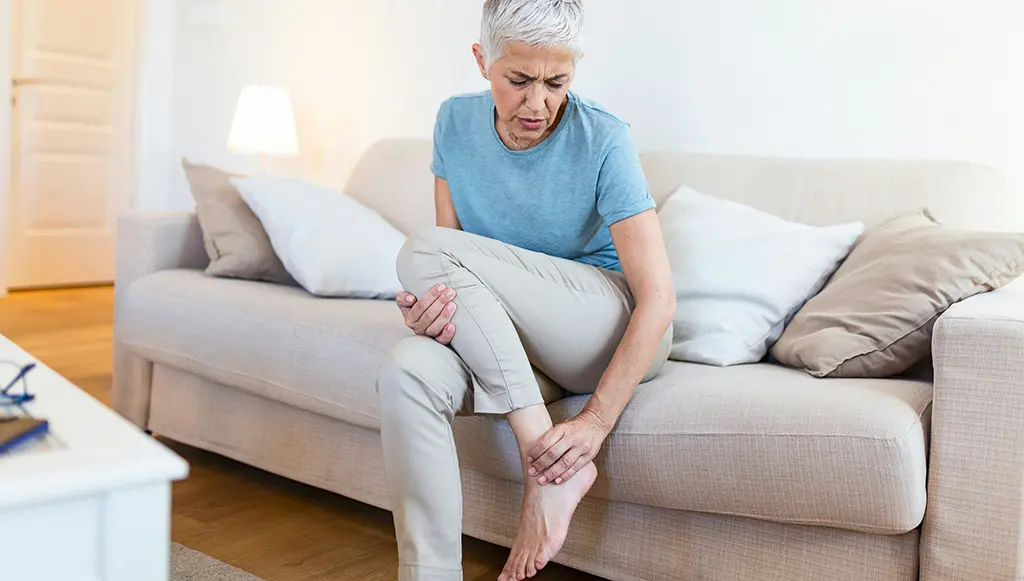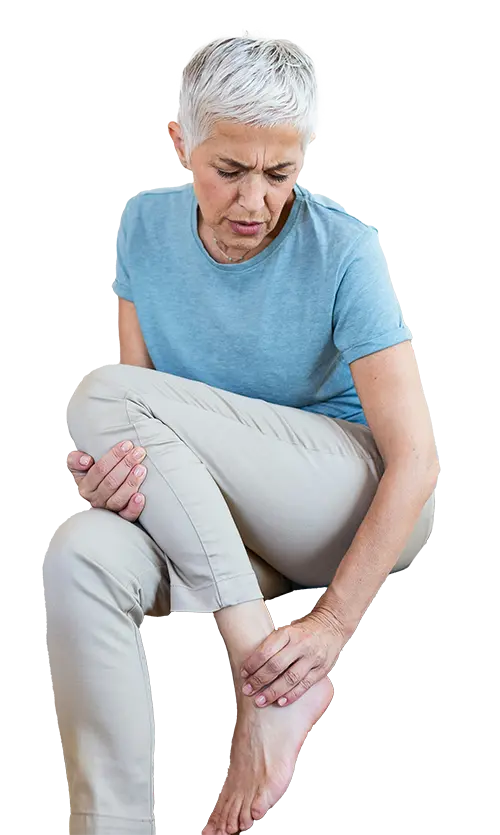Joint protection and energy conservation strategies are one of the best ways to help reduce the overall impact on our joints. This doesn’t mean you should stop using your joints. It just means that you should use them differently to reduce the amount of stress going through your joints.
Joint Protection has been shown to:
- Reduce pain during activity
- Reduce the force on our joints
- Reduce inflammation and subsequent strain on soft tissue
- Reduce fatigue
- Help preserve the joint surface
So, what are some strategies we can use to help protect joints and conserve energy in the back?
Find a sitting position which works for you
Examples
Generally, it’s helpful to keep moving and avoid sitting in one position for too long.
Avoid slouching (a few minutes is OK every once in a while)
Chairs with back support, adjustable height back rests and that enable the feet to touch the ground are usually most comfortable. The angle of the back rest to seat should ideally be 90 – 120 degrees
Setting up a safe desk space
Examples
- Use a chair that supports the curve in your lower back, or try putting a pillow between your back and the chair
- Adjust the angle of the back rest to one that is most comfortable for you
- Adjust the chair height so that your elbows form an L-shape and your forearms are parallel to the ground
- Try to keep your feet flat on the ground and avoid crossing your legs
- Standing desks may be helpful
- Try having the top of the screen at eye height
- Keep your mouse close to you so you don’t have to reach for it Set up your work station so that you need to move
- Put the rubbish bin or printer/scanner away from your desk so you have to get up to use them
Sensible standing
Examples
- Try tilting your pelvis to increase or flatten the curve in your low back regularly to keep your back moving
- Avoid standing in the same position for more than 30 minutes at a time
- Try some gentle squats (bending your knees). This can be a good way get your back, hips and knees moving and make standing more comfortable
- Try placing a small step in front of you to rest a foot on and switch feet regularly
Getting a good night’s sleep
Examples
- Try to find a position which helps you maintain the curve in your back e.g., on your back with a pillow under your knees or a lumbar roll under your lower back; or on your side with your knees together
- You may want to avoid sleeping on your stomach, since this can be more uncomfortable
- Try a firm mattress that does not sag. If necessary, place a board under your mattress. If you have always slept on a soft surface, it may be uncomfortable to change. Find what is most comfortable for you.
- Try using a back support (lumbar support) at night to make you more comfortable. A rolled sheet or towel tied around your waist may be helpful.
- When standing up from the lying position, turn on your side, draw up both knees and swing your legs on the side of the bed. Sit up by pushing yourself up with your hands.
- Use pillows to find a good position (e.g. a pillow between your knees while lying on your side)
General tips on sleeping well
- Avoid strong light close to bed time (e.g. dim the lights)
- Have a no-screens policy 30 minutes before bedtime (includes the TV, smart phone, tablet etc)
- Avoid caffeine close to bed time
- Regular exercise can help to improve sleep (even just 10 minutes per day might help!)
- Avoid strenuous exercise right before sleep
- Limit foods that might cause indigestion just before bed (e.g. rich or fatty, carbonated drinks and spicy foods are examples of foods that can cause indigestion)
- Try going to sleep at regular times, even on holidays and weekends
- Avoid strenuous exercise right before sleep
- Relaxation techniques such as meditation and mindfulness may help improve sleep and also help you cope with difficulties sleeping
Staying active
- Some people find that being active helps them manage better, and it’s also good for your overall health.
- You may need to think a little differently to find out what might work for you. Start with short periods of activity and gradually increase them with time.
- Start slowly and build up the duration and intensity of your activity over time. For example, try moderate-paced walking for 5 minutes per day and build this up to 30 minutes of brisk walking over the next few weeks.
- Different activities are more comfortable for different people. Be flexible and try a variety of activities
- Walking – frequent short walks, even for just 5 minutes to begin with, may help your low back feel more comfortable
- Swimming or aqua-exercise – exercise in water helps to reduce pressure on your lower back as water supports some of your weight, so it may be a good option if you find other forms of exercise too painful
- Cycling – a good aerobic workout. Be sure to find a comfortable position on the bike (e.g. some people will prefer to lean forward with a straight back and take the weight of their upper body on their arms). Recumbent bikes (lying down bikes) that provide some back support are also an option. Using a stationary bike might be a good place to start. Think about having your bike set up to suit your body
- Yoga – a form of mind-body exercise. It combines physical postures, breathing techniques and meditation (awareness of thoughts)
- Pilates – a type of exercise that aims to teach awareness of posture and breath
More information and support
Visit MyBackPain
References:
Arthritis Australia, MyBackPain – https://mybackpain.org.au/
March, 2021 – Adapted from Arthritis Australia’s My Back Pain


